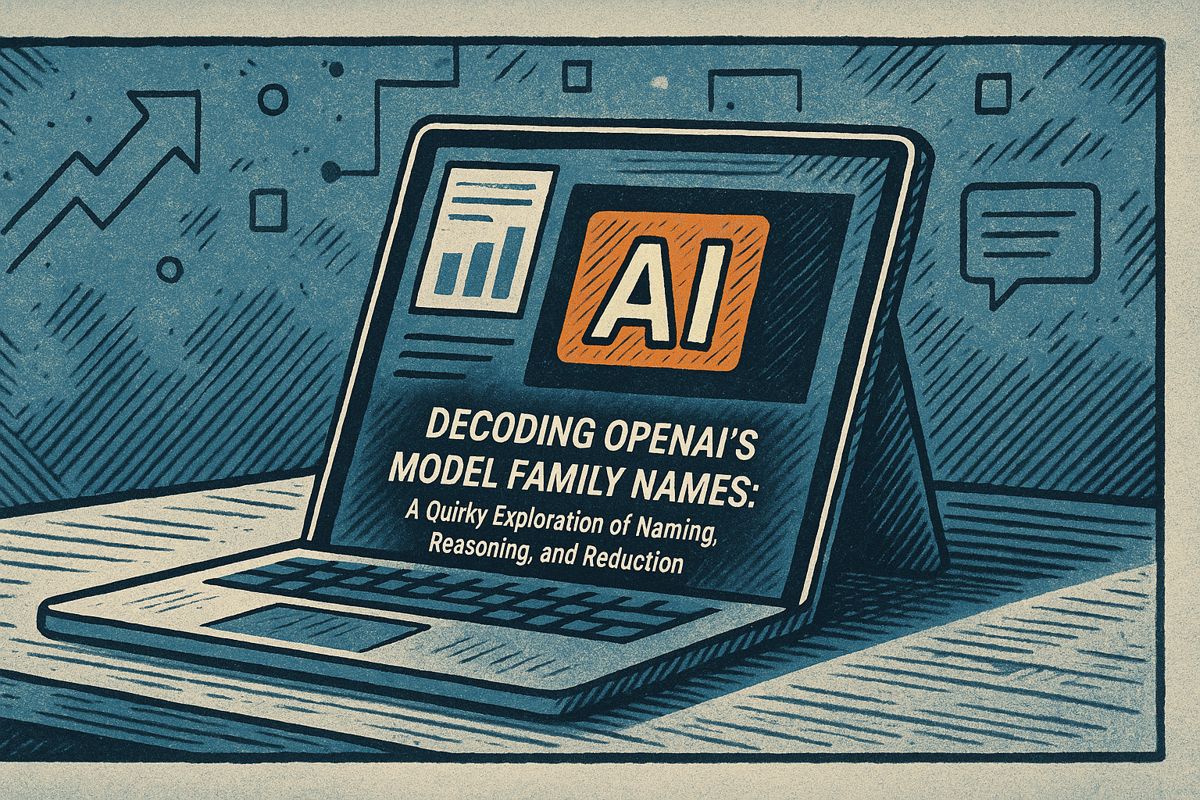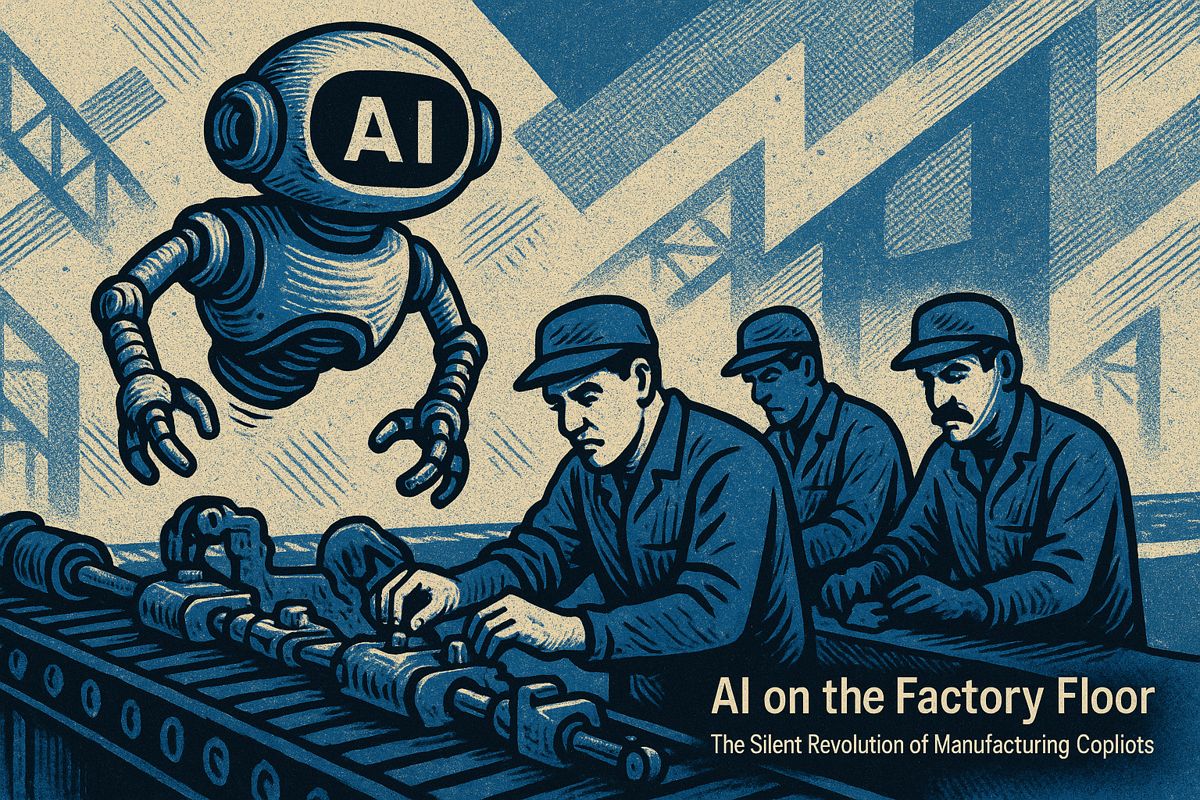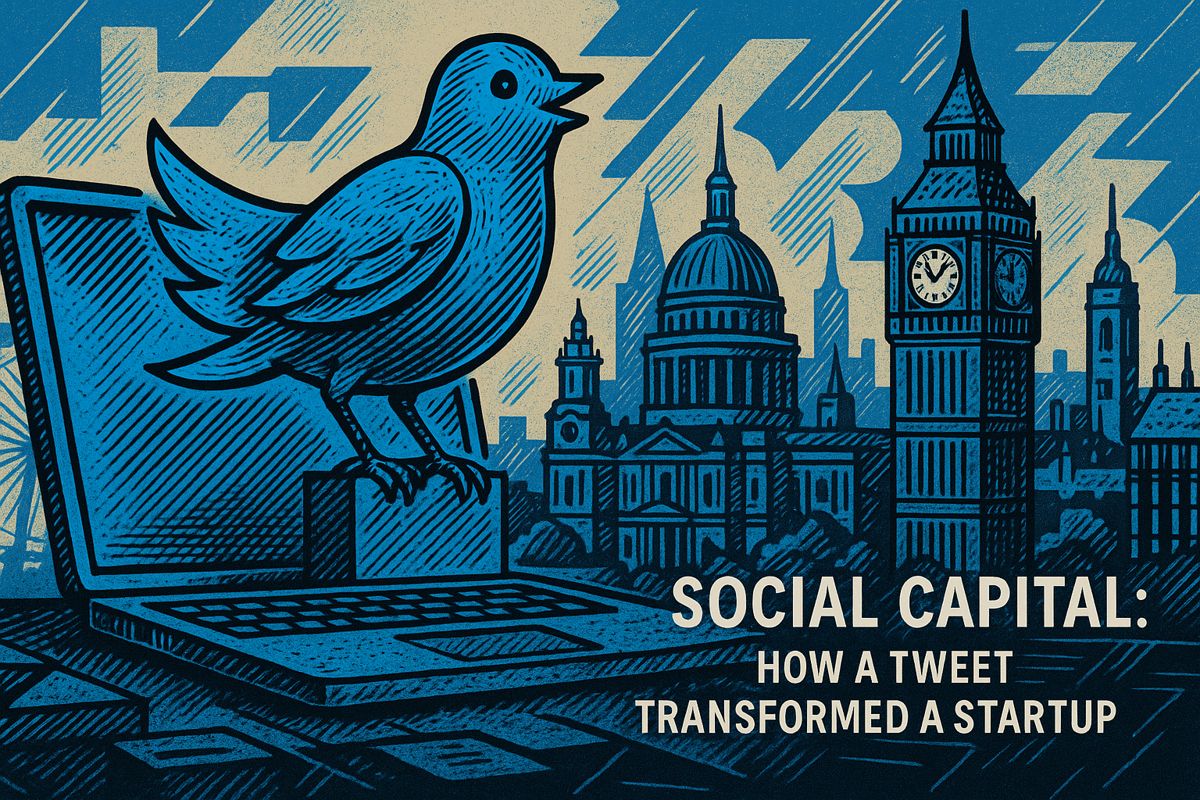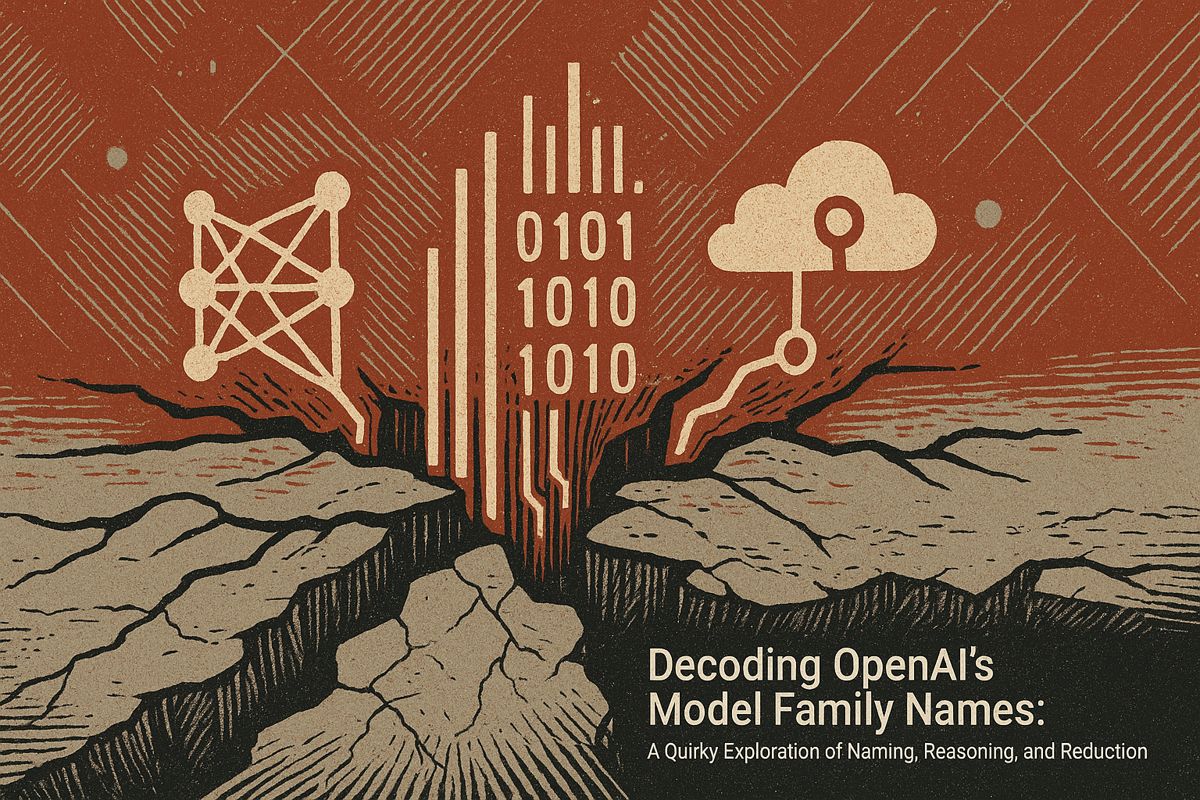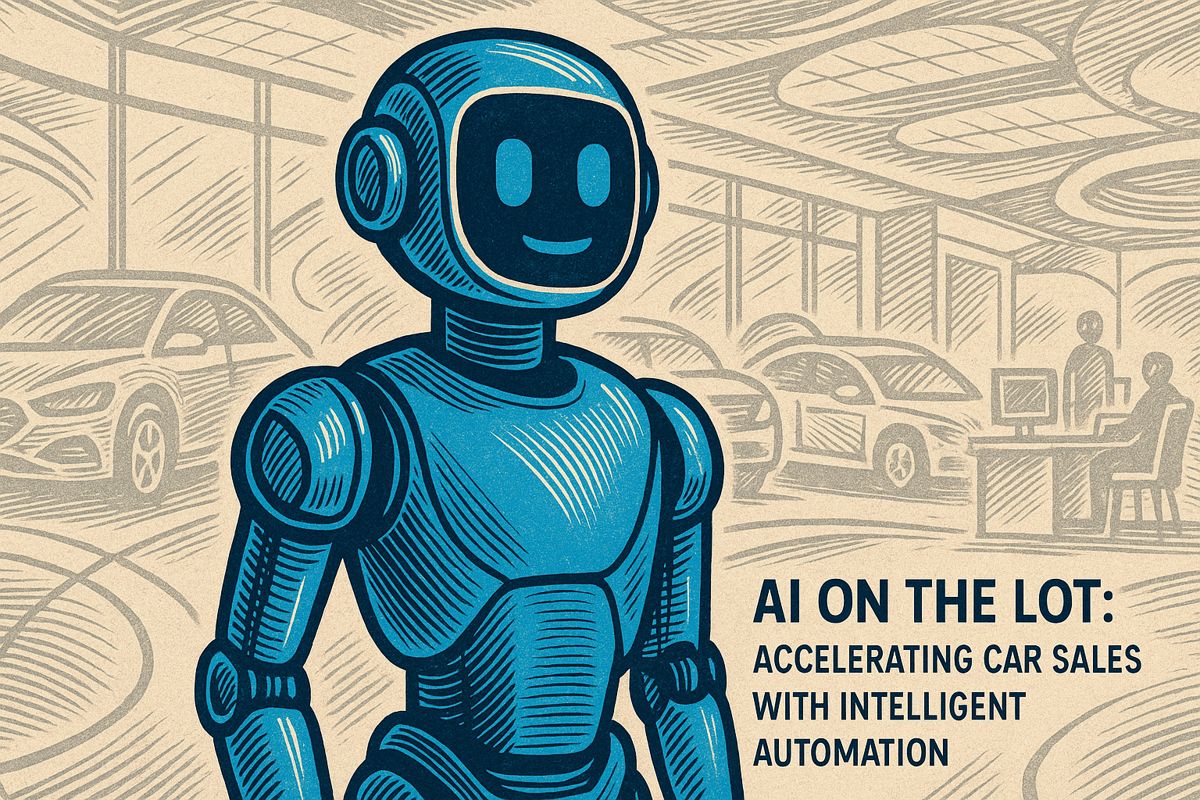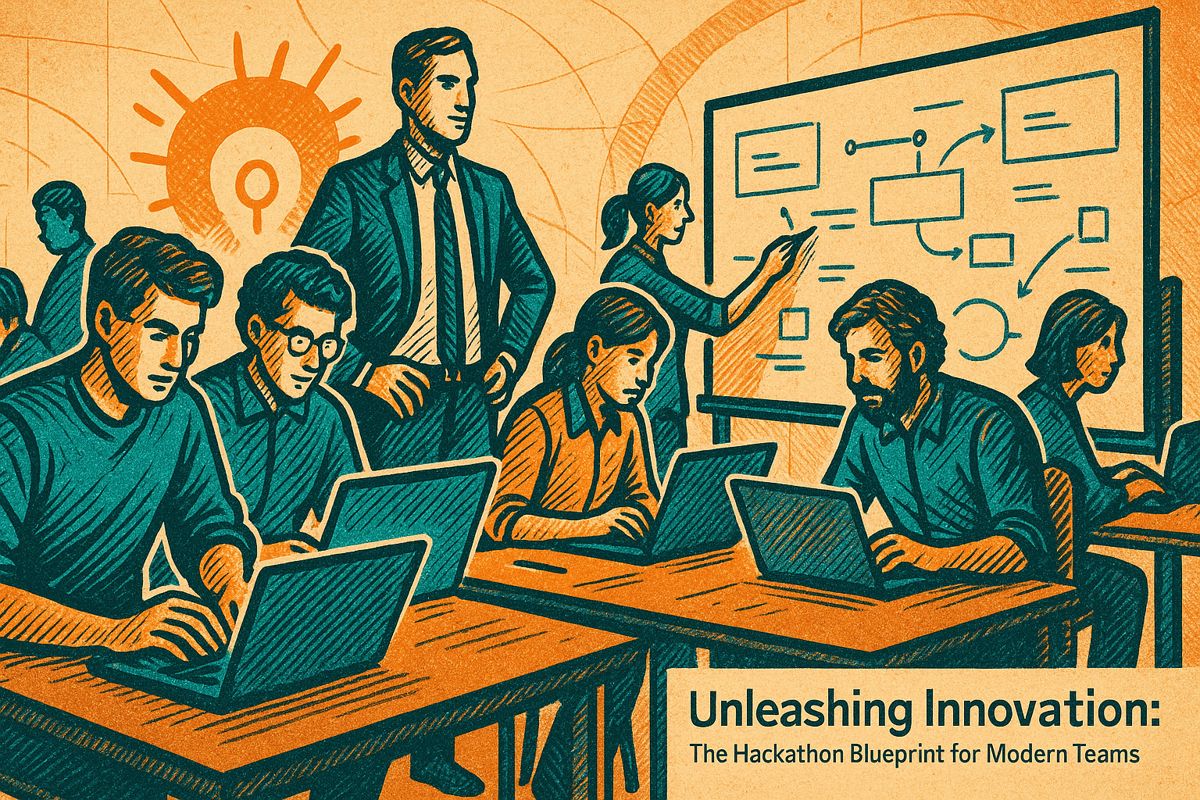Here’s the text with the most important phrase emphasized in markdown bold:
Genspark AI Slides is a revolutionary tool that transforms presentation creation by automatically generating logical structures, visuals, and content within minutes. By leveraging advanced AI technology, it helps professionals quickly produce polished decks without the traditional time-consuming design process. The tool goes beyond simple formatting, conducting research and weaving information into a coherent narrative, while allowing users to focus on refining their core message. Early adopters across various fields have praised its ability to streamline slide creation, turning what was once a tedious task into a more creative and efficient experience. As part of a broader trend in AI-powered communication, Genspark AI Slides represents a significant shift in how professionals approach presentation design.
What is Genspark AI Slides and How Does It Transform Presentation Creation?
Genspark AI Slides is an innovative AI tool that automates presentation design by generating logical structures, relevant visuals, and original content within minutes. It helps professionals quickly create polished decks by transforming raw ideas or data into coherent, visually appealing slides across multiple platforms.
The Old Slide-Making Grind
If you’ve ever slogged through a late-night PowerPoint marathon, you know the smell of stale coffee and the existential dread that settles in around slide fourteen. I remember fighting with the “insert SmartArt” button at 2 a.m., certain there had to be a better way—or at least a less soul-sapping one. Does anyone truly enjoy shuffling bullet points while the clock sings its relentless lullaby? That feeling of time slipping away still stirs a quiet frustration in me, even after all these years.
The promise of Genspark AI Slides, unveiled by Genspark AI in 2024, lands squarely in this territory of tedium and hope. The tool, built on Genspark’s proprietary Super agent, aims to automate the mechanics of presentation creation. You enter a topic, data set, or even a half-baked idea. The AI delivers not just styled slides, but a logical structure, relevant visuals, and fresh content—sometimes within minutes. No magic wands, just a weighty neural network humming with the energy of a thousand overworked grad students.
Can a piece of software rescue us from our formatting purgatory? It’s a question I keep returning to, especially when I hear real-life scientists and startup founders describe how they shifted from spreadsheet chaos to polished decks in a single afternoon. The tool even integrates with Genspark’s other offerings—AI spreadsheets, an in-browser chat, media generation tools—making it feel less like a one-trick pony and more like a Swiss Army knife with a slightly nerdy accent.
A Different Kind of Assistant
The standout feature here isn’t just the automation; it’s the synthesis. Unlike apps that only jazz up your bullet points, Genspark AI Slides does its own research, organizes information, and weaves it into a narrative. There’s something almost culinary about it. The AI is a sous-chef slicing data and garnishing arguments, while you—well, you get to taste and tweak the final dish. I wouldn’t call it sorcery, but if you’re used to the slow churn of formatting, it feels like a rabbit-out-of-a-hat trick. Or maybe more like watching a Roomba rearrange your entire living room while you sip tea.
Let’s get granular. Outputs export in PDF, HTML, and (coming soon) PPTX, smoothing handoffs between platforms. Reviewers from TechCrunch and Wired have praised Genspark for generating both content and design, bypassing the need for pre-written text. Early adopters include academic researchers, business consultants, and content creators—each using the AI to swap hours of sweat for a few brisk minutes of editing. The texture of the slides? Crisp, visually coherent, and surprisingly logical. Not quite the Mona Lisa, but certainly a cut above most auto-generated fare.
I’ll admit, at first I was skeptical—how many times have we seen “breakthrough” AI tools fizzle into mediocrity? But after witnessing a colleague feed experimental data into Genspark and receive a structured deck, complete with a methodology section and annotated charts, I had to eat my words. Slightly rubbery, but edible.
From Drudgery to Discovery
What struck me most wasn’t the time saved, but the mental shift. Freed from the tyranny of font sizes and color palettes, users reported a new focus: not on making slides look good, but on sharpening their message. The old process—draft, copy, paste, resize, reword—gets compressed, letting you spend energy on ideas, not layouts. The tool becomes a kind of cognitive scaffolding, letting creativity clamber higher than before.
Of course, not every outcome is perfect. A few times, the AI’s references or image choices missed the mark, and I caught myself muttering, “Hmm, can machines get sarcasm?” Yet, even with its quirks, Genspark Slides replaces the grinding repetition of slide design with a more iterative, experimental rhythm. Sometimes, it even sparks a little joy—an emotion I rarely associate with PowerPoint.
It’s a curious, slightly humbling sensation: The hardest part remains crafting your argument, not formatting it. AI can hand you a logical outline, but the punchline—your insight, your twist—still has to come from you. That’s both a relief and an ongoing challenge. I suppose I once believed that perfect automation would solve everything. Turns out, it just changes the question.
AI’s New Stage: Beyond the Numbers
Genspark AI Slides is just one note in a swelling symphony: AI is no longer trapped in the spreadsheet or buried in code. Now, it’s shaping how we communicate, argue, and persuade. Across creative industries, the expectation is shifting—AI-powered design is becoming as standard as spellcheck. Professionals, from legal analysts to TEDx speakers, are using these tools not just to save time, but to tell stories with more clarity and punch.
Zooming out, this is part of a broader trend. The automation of slide-making is freeing knowledge workers to focus on substance—analysis, narrative, and, dare I say, a hint of dry wit. I’m both excited and a little nervous. What happens when the world’s presentations are all made by neural networks? Will we get better arguments—or just faster ones?
One thing’s certain: If you find yourself staring at a blank deck, knuckles white on the mouse, maybe it’s time to let the machines lend a hand. Just don’t let them pick your punchlines. Or should I say, your puns? Tick, tick, tick…

